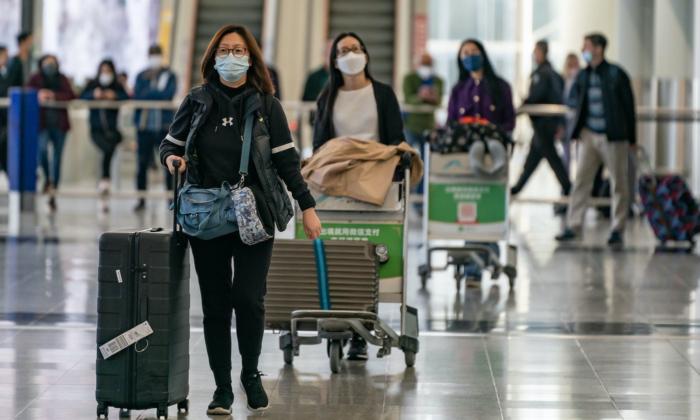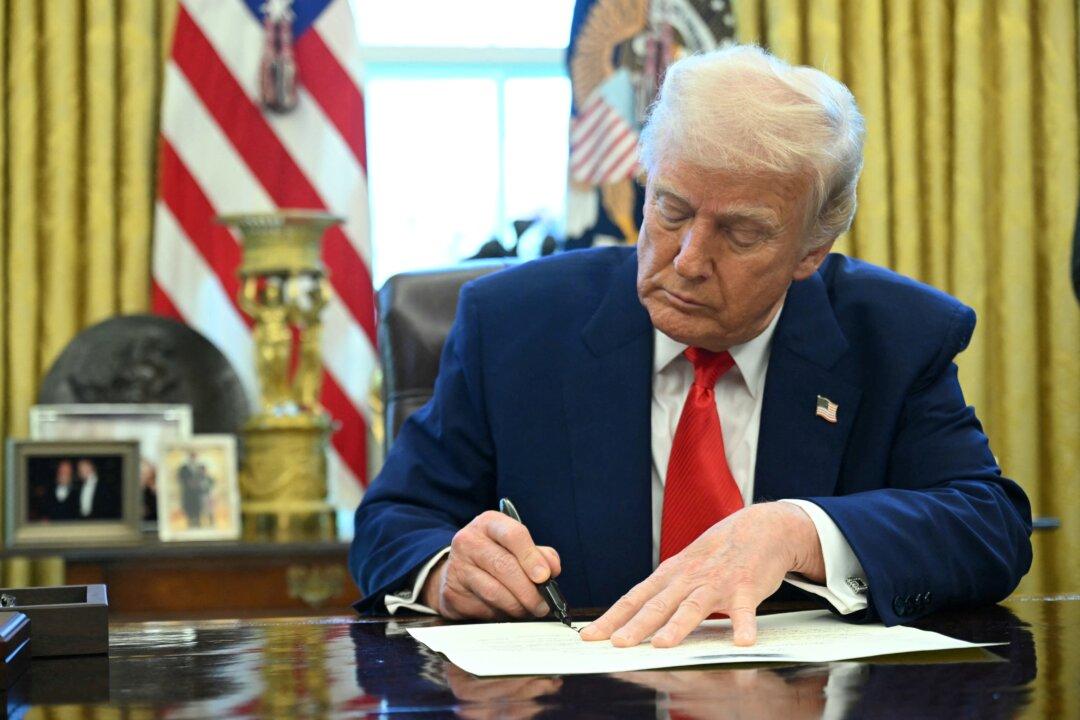Morocco has imposed an entry ban on all travelers from China due to the soaring COVID-19 infection rate in the country following Beijing’s abrupt u-turn on its strict zero-COVID policy.
“This exceptional measure in no way affects the sincere friendship between the two peoples nor the strategic partnership between the two countries to which the Kingdom remains firmly attached,” the ministry said.
The ban aims to prevent a new wave of contamination in the country, it stated, adding that Morocco “closely followed” the virus situation in China through regular and direct contact with the Chinese side.
Morocco became the first nation to ban arrivals from China after the Chinese Communist Party (CCP) lifted its zero-COVID policy last month.
Other countries, including the United States, Australia, Canada, Japan, South Korea, and Malaysia, have only imposed entry curbs on travelers arriving from China, such as requiring them to take COVID-19 tests before departure.
China’s COVID-19 Outbreak
The CCP abruptly eased its strict COVID-19 restrictions in December after historic discontent over the draconian curbs. But without adequate planning and measures for a graduated retreat from the policy, the health system was left ill-equipped for a rapid rise in cases among a population that had little natural immunity to the virus.Frontline services in China quickly became overcrowded, pharmacy shelves stripped bare, and hospitals stretched. Law enforcement facilities and judiciary shuttered.

The cumulative number of infections in the first 20 days of December likely reached 248 million—nearly 18 percent of the population—officials said during the National Health Commission’s internal meeting on Dec. 21, only 13 days after the regime rolled back some of its toughest anti-COVID measures.
The figure is exponentially higher than the regime’s official virus tally, and if accurate, it would mean that China’s outbreak is the largest in the world.





